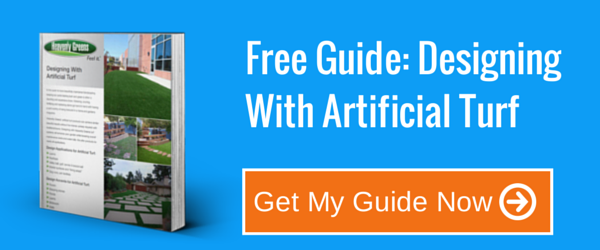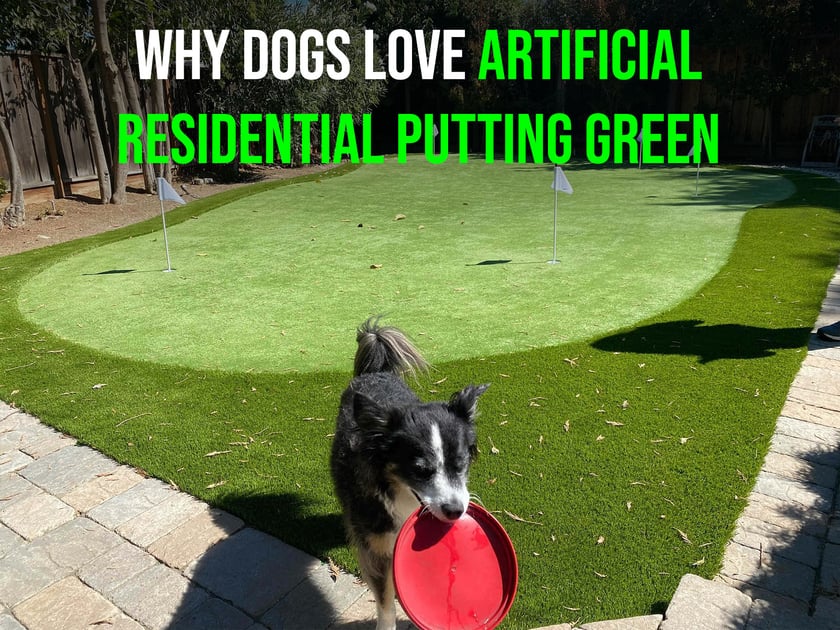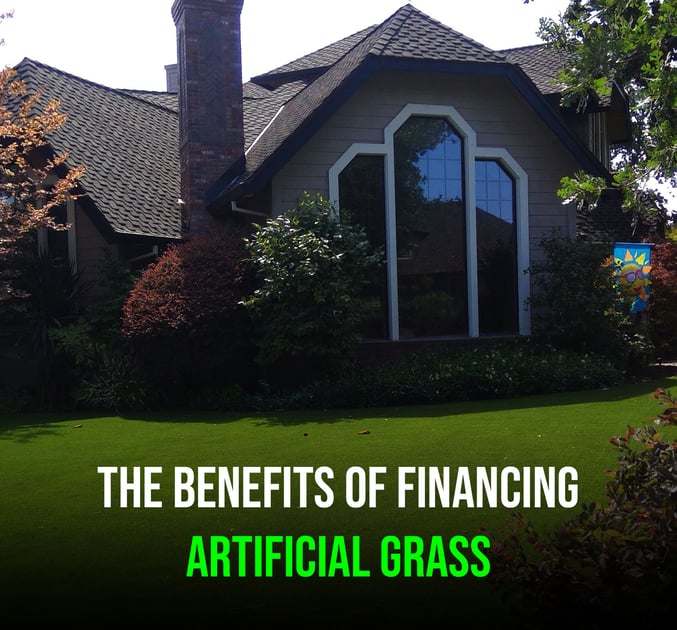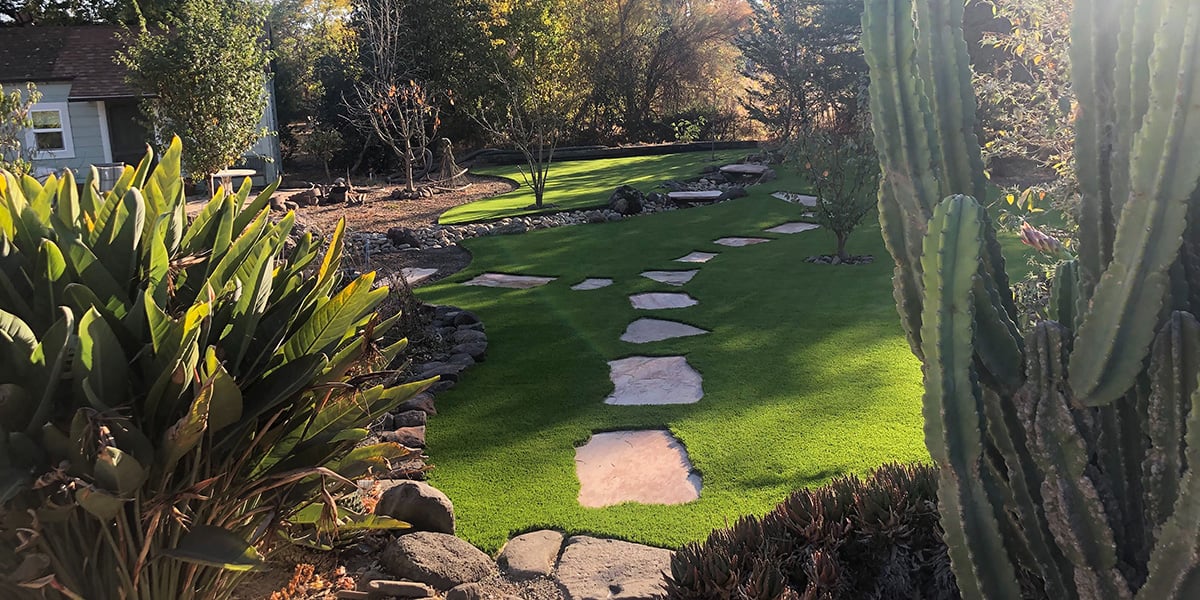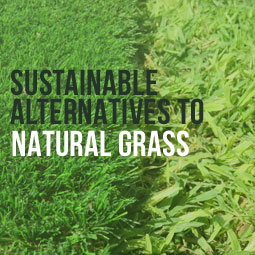 It’s what the Natural Resources Defense Council calls the “no-mow movement” – getting rid of all that thirsty natural grass in favor of something more environmentally appropriate. Naturally, we can relate to that concept. Here at Heavenly Greens, we think artificial grass is the most heavenly alternative to traditional lawn. Synthetic turf is sustainable in multiple ways, not only in terms of water conservation.
It’s what the Natural Resources Defense Council calls the “no-mow movement” – getting rid of all that thirsty natural grass in favor of something more environmentally appropriate. Naturally, we can relate to that concept. Here at Heavenly Greens, we think artificial grass is the most heavenly alternative to traditional lawn. Synthetic turf is sustainable in multiple ways, not only in terms of water conservation.
But there are other sustainable alternatives to natural grass as well.
Like what?
Deciding to jettison your natural grass lawn is just the first step. What are you going to do with that space instead? Surely you’re not planning to create a “rockscape.” Rock, concrete, etc. tend to be harsh-looking, and boy do they radiate heat. Who wants a hard, hot yard? Especially when there are so many beautiful and sustainable alternatives to natural grass.
Plus, there’s an exciting side-benefit to choosing living alternatives: you’ll become host to a host of beautifully varied birds and butterflies that used to ignore your yard. Add a bird bath to your garden, and you’ll really be popular.
Edible plants – veggies, berries, and fruit trees -- are ideal alternatives. In a recent blog article we talked about using veggies to create stunning patio containers. According to the National Gardening Association, a third of American families grow some of their own food. Even in the most elegant sections of our nation’s capital, where lots are typically minuscule, home owners proudly grow veggies to landscape their sunny front yards.
We’ve also talked about creating patio containers with herbs. Many herbs are not only tasty but tough, just the thing for your sustainable alternatives list. Low-growing varieties of herbs such as thyme, mint, and chamomile are beautiful, evergreen alternatives to natural grass. They offer variety in texture and color, have tiny flowers, and reward you fragrantly when you walk on them.
And Harvard University used a variety of fescues to landscape a LEED-certified building a few years ago. While the fescue doesn’t quite reach the no-mow level, it needs a trim just two or three times a year. (You can let it grow. Many people love the sight of the seed stalks waving gently in the breeze, although your neighbors may think you’ve gone a bit too “untamed.” Perhaps the back yard would be a better location.)
Can you combine sustainable alternatives with artificial grass?
Certainly! And how lovely. We’ve talked before about using native and other drought-tolerant plants to add color and texture to your faux lawn. But you can also emphasize these flowers, shrubs, and trees, using fake grass to create a smaller, complementary feature or to create grassy pathways among your plantings.
Create a play space just for the kids, with a fabulously fun play structure and Heavenly Greens FallSoft artificial grass underfoot.
Create a play space for adults, with a backyard putting green. Not a golfer, serious or otherwise? Install a bocce court instead, to add fun for the whole family!w
Rules may dictate your choices
Home owners associations and municipalities typically have rules that define acceptable landscaping. Before you finalize your sustainable alternatives plan, check the rules that apply to you. In some places around the country, these ordinances are so restrictive, they even rule out vegetables, let alone naturalized grasses. Given today’s realities, you may think that’s counter-productive, but at least you’ll know what you can and cannot do.
Whatever sustainable alternatives you choose, you can feel proud that you’re doing your part to conserve water and provide a pretty, hospitable habitat for native birds and pollinating insects.



